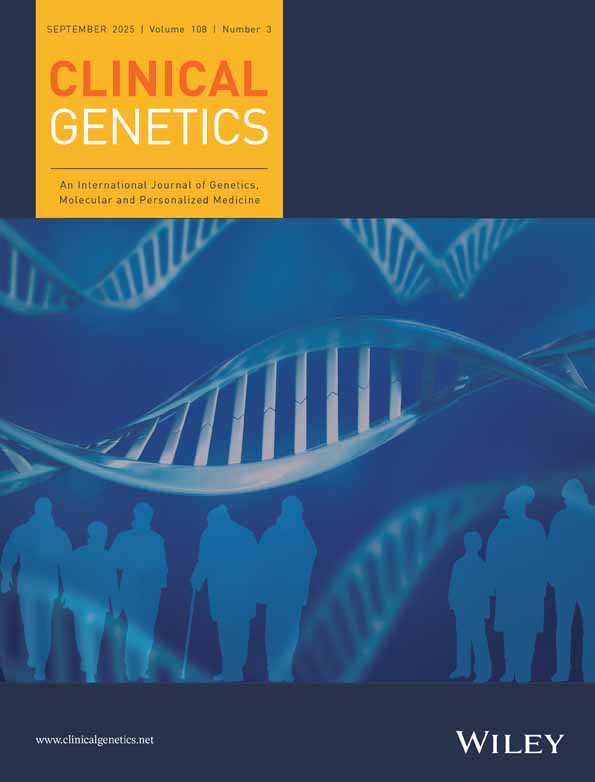Frequency and segregation of 16qh+
Abstract
The frequency of 16qhk among 2,548 individuals in various psychiatric institutions was 1.2 per 1,000, compared with 1.0 per 1,000 in 6,164 individuals found in the general population.
The enlargement of chromosome No. 16 appeared, in all cases, to be due to enlargement of the heterochromatic secondary constriction area in the long arm of chromosome No. 16.
The observed segregation rate of 16qhf (57 %) did not deviate significantly from that expected. There were no indications of an increase in mortality among the progeny of the 16qh+ carriers, and there was no increased frequency of abortions in carriers. No association was found between 16qh+ and any physical or mental disorders.




